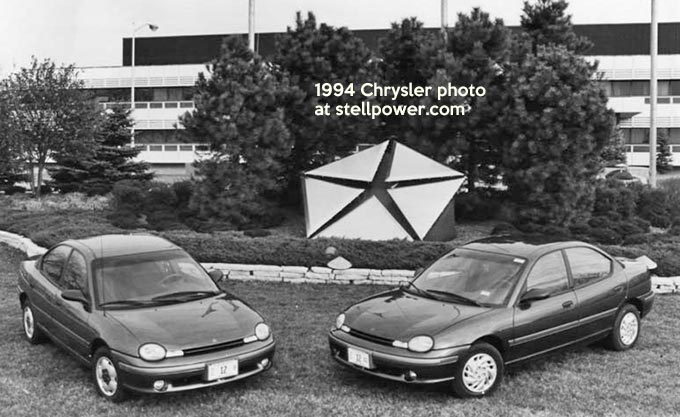As the clock on a strike wound down, the UAW dropped its 46% wage increase to 36% and Stellantis finally matched GM’s offer of a 20% increase. This would include a quick 10% raise to counter the inflation of the past year and four annual increases which would total around 10%. The result would be a roughly 20-21% gain in 2027, which is four years away.

Union wage increases often seem high because they are not discussed in terms of annual increases; these are raises that cover the entire length of the contract. Automakers often quote absurdly high hourly costs for labor which do not match what hourly workers actually earn. One point of contention has been the use of almost-permanent “temporary” workers who get low wages.
Other progress on the employer side included possible new product for the Belvidere plant, which likely was always slated to produce STLA Medium vehicles; cost of living increases, which go directly to the UAW’s fear that any wage hikes will be lower than inflation; and one-time payouts. Automakers have been enjoying a period of extremely high profits, and their CEOs have taken home compensation in the tens of millions per year.

Mark Stewart, chief operating officer of Stellantis North America, said the Belvidere plant offer was good only until the strike began. Shawn Fain, president of the UAW, noted that Belvidere had supported 5,000 people and their families, and accused STLA of “playing games;” Rich Boyer, a UAW vice president, said that Stellantis wants to close or sell 18 facilities including powertrain and assembly plants and parts depots. Stewart argued that a lot of that proposal was in modernization and no jobs were at risk.
No mention was made of Trenton Engine, which has been consolidated to one of the two buildings, with the other supporting nonunion warehouse workers.
The UAW has chosen to target just three plants to put pressure on the automakers without crippling their sales. Chances are quite good that they will trade off some of their demand for raises, which is partly based on severe concessions made years ago, for profit-sharing and th kind of one-time bonus favored by automakers.
Discover more from Stellpower - that Mopar news site
Subscribe to get the latest posts sent to your email.

